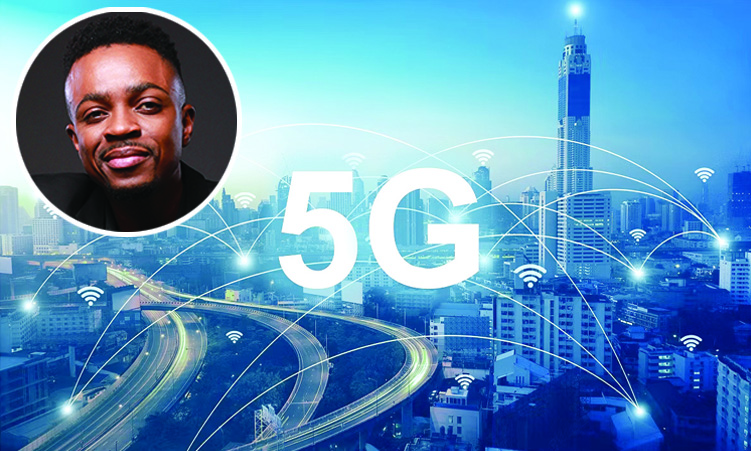Technology is constantly improving for the benefit of the user, and players in the telecoms and digital connectivity space have the onus to enable a technology-driven society by adopting cutting-edge technologies to unlock and facilitate an agile and seamless provision of innovative products and services to the market.
Pursuant to last year’s Cabinet resolution on the deployment of fifth-generation technology (5G), the Communication Regulatory Authority of Namibia (Cran) has since published the strategy in respect of implementing 5G technology in Namibia.
The fifth-generation technology standard for broadband cellular networks, 5G, was developed under the umbrella of the Third Generation Partnership Project (3GPP) and is the planned successor to fourth generation (4G) networks.
Mobile providers began deploying 5G worldwide in 2019, with some 162 commercial 5G networks across 38 countries launched by early 2021, and over 400 5G-compliant devices now commercially available.
Fifth-generation networks are characterised by high-speed data throughput, low latency and massive availability of bandwidth.
This translates to a highly responsive network, capable of high levels of densification and catering to large volumes of data.
Taken into context, the introduction of new technologies requires the assessment of the business context in which this technology will be utilised and the readiness of various stakeholders to support the introduction and sustainable operation of the new technology.
COMPARISON
In network connectivity, the gist of discussion is centred on speed and latency, which renders fibre and 5G and the comparison between the two technologies a subject of interest.
In Namibia, while the roll-out of 5G is impending, the uptake of fibre is incredible, and with this piece, the intent is to shed light on the subject of fibre versus 5G technologies.
Globally, the race for better internet speeds has been going on for years, and with the advent of 5G, customers have yet another option.
However, how does 5G stack up against fibre, the time-tested approach to delivering high-speed internet?
In South Africa, which is similar to the Namibian sector, a recent study titled “5G vs Fibre…” by Hanno Labuschagne aimed to answer this question by comparing the two technologies.
The study found that while 5G is a promising technology, with its high speeds and low latency, it still has some limitations compared to fibre.
For instance, while 5G may be faster than some fibre connections, it is not as reliable, with speeds fluctuating depending on factors such as weather conditions and the number of people using the network.
Fibre, on the other hand, has been around for much longer and has a proven track record of delivering high-speed and reliable internet.
Fibre connections also tend to be more consistent in terms of speed, regardless of the number of users or weather conditions.
However, 5G has some advantages over fibre, particularly in terms of flexibility and accessibility. With 5G, consumers can access high-speed internet from almost anywhere, without the need for cables or fixed infrastructure.
This is particularly important in markets where the lack of fixed infrastructure has been a challenge for many consumers.
In terms of use, both fibre and 5G are being used in various sectors around the world.
Fibre is still the preferred option for many businesses and homes, particularly those that require a high-speed and reliable connection.
On the other hand, 5G is being used in areas such as smart cities, autonomous vehicles, and virtual reality.
When it comes to South Africa, the study found that both 5G and fibre are being used, but fibre is still the more popular option.
This is likely due to the lack of infrastructure for 5G, as well as the reliability of fibre connections.
Consumer reviews of 5G and fibre in South Africa were mixed, with some praising the flexibility of 5G, while others preferred the reliability of fibre.
PROS AND CONS
It is clear that both technologies have their pros and cons, and consumers will need to weigh these factors when choosing internet connection.
Digital service solutions providers should, therefore, take these factors into consideration when planning for both technology to co-exist.
Overall, both 5G and fibre have their place in the market, with each technology offering different advantages depending on the consumer’s needs.
While 5G may be the future of high-speed internet, fibre will likely continue to be the go-to option for those who require a reliable and consistent connection.
- Melvin Angula is MTC’s chief commercial officer.
Stay informed with The Namibian – your source for credible journalism. Get in-depth reporting and opinions for
only N$85 a month. Invest in journalism, invest in democracy –
Subscribe Now!






